When Erik W. was growing up in rural New Jersey, his father would take him on adventures in a 15′ Old Town canoe, fishing on small local lakes and paddling whitewater stretches of the Delaware River. When Erik entered high school, he joined the whitewater kayak team, playboating standing waves and creekboating through fast-moving whitewater in tight creeks and rivers. Those early experiences instilled a love of the water and of paddling that has never left him.After high school Erik joined the Army and went to West Point where he trained in mechanical and aeronautical engineering. It was a natural fit for the young man who loved to see how things come together and how a design can turn into a functional, physical object. He was, he says, “the kid who took things apart, but who also built things like tree forts and pinewood derby cars.” Before DORCAS was rigged for sail, she was used as any other canoe, for paddling and occasional camping trips. Erik and his father have also ventured with her into some whitewater stretches of the Delaware River.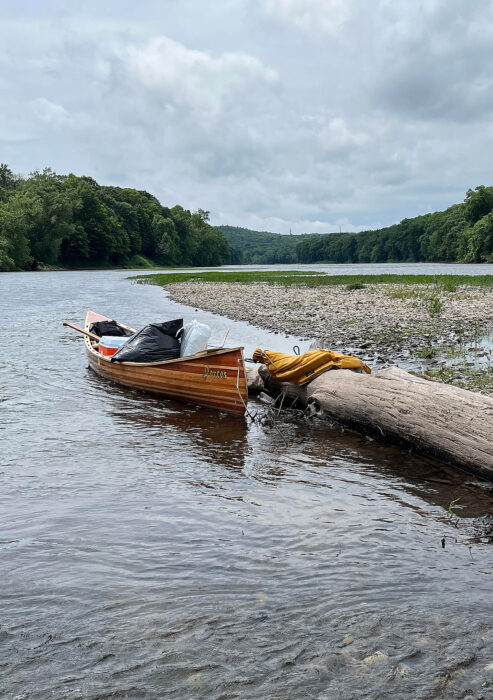 Erik W.
Erik W.
Join The Conversation
We welcome your comments about this article. If you’d like to include a photo or a video with your comment, please email the file or link.

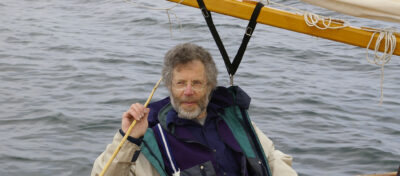
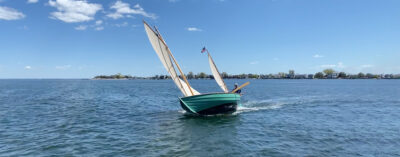
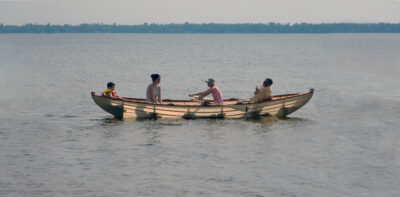

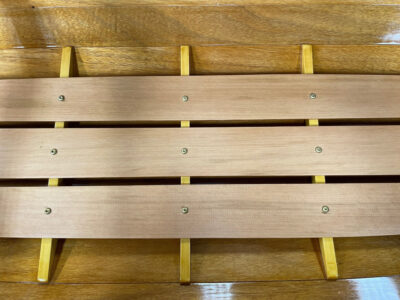
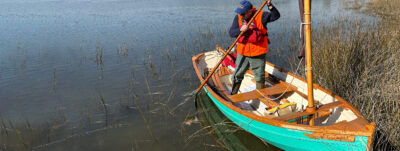
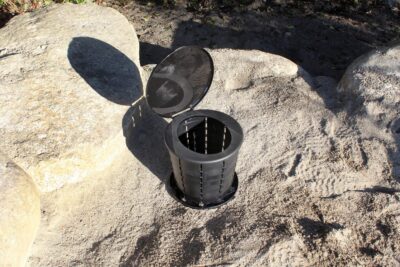
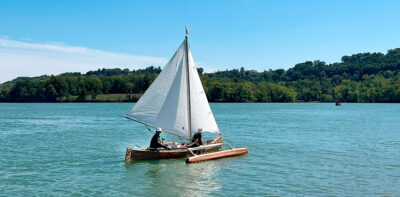
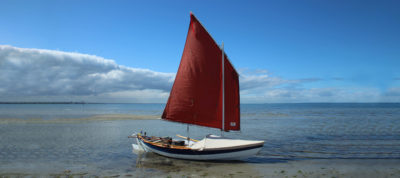
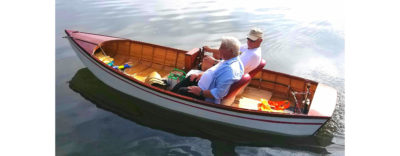
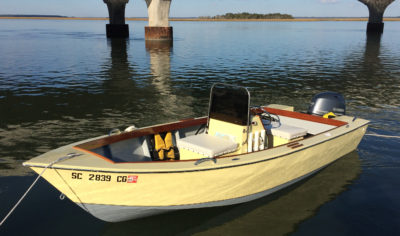
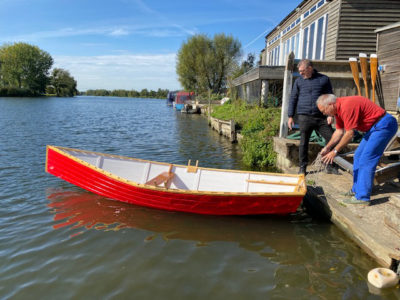
DORCAS looks like a great small boat that can be paddled or sailed and does not need a trailer to move it to the water. It is a great example of where less is more.
I would like to build this boat. Are there plans available?
Harry Coster